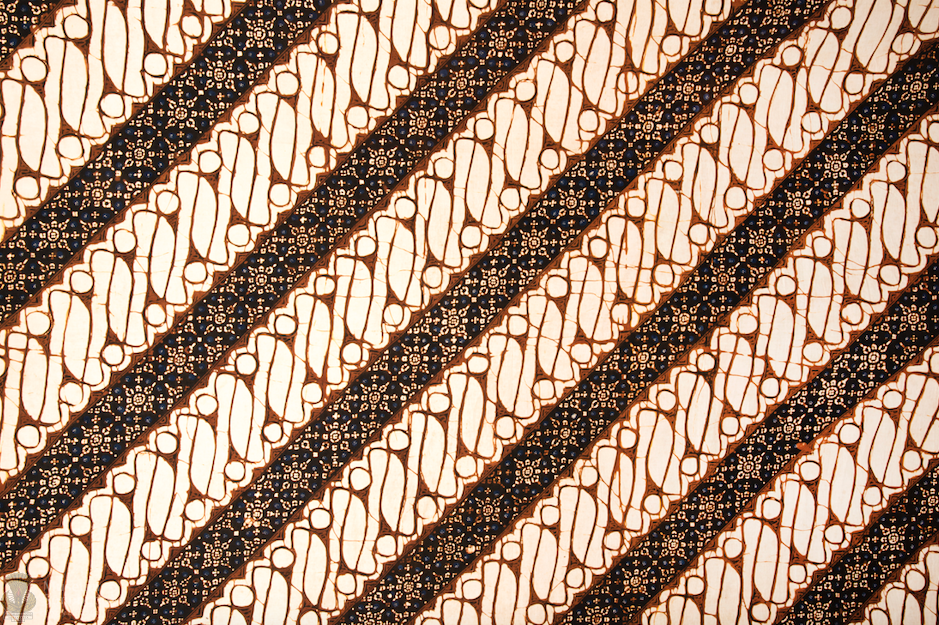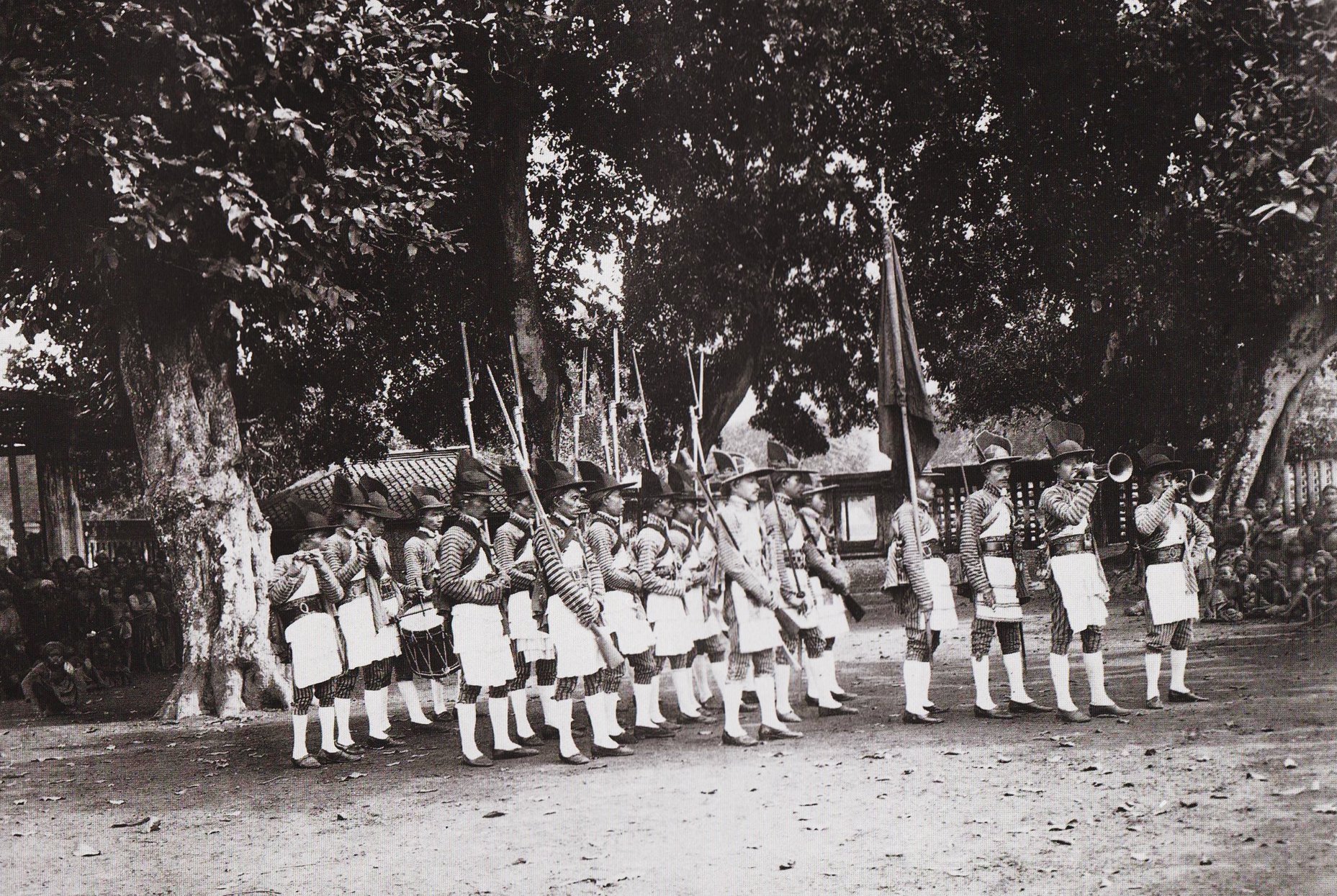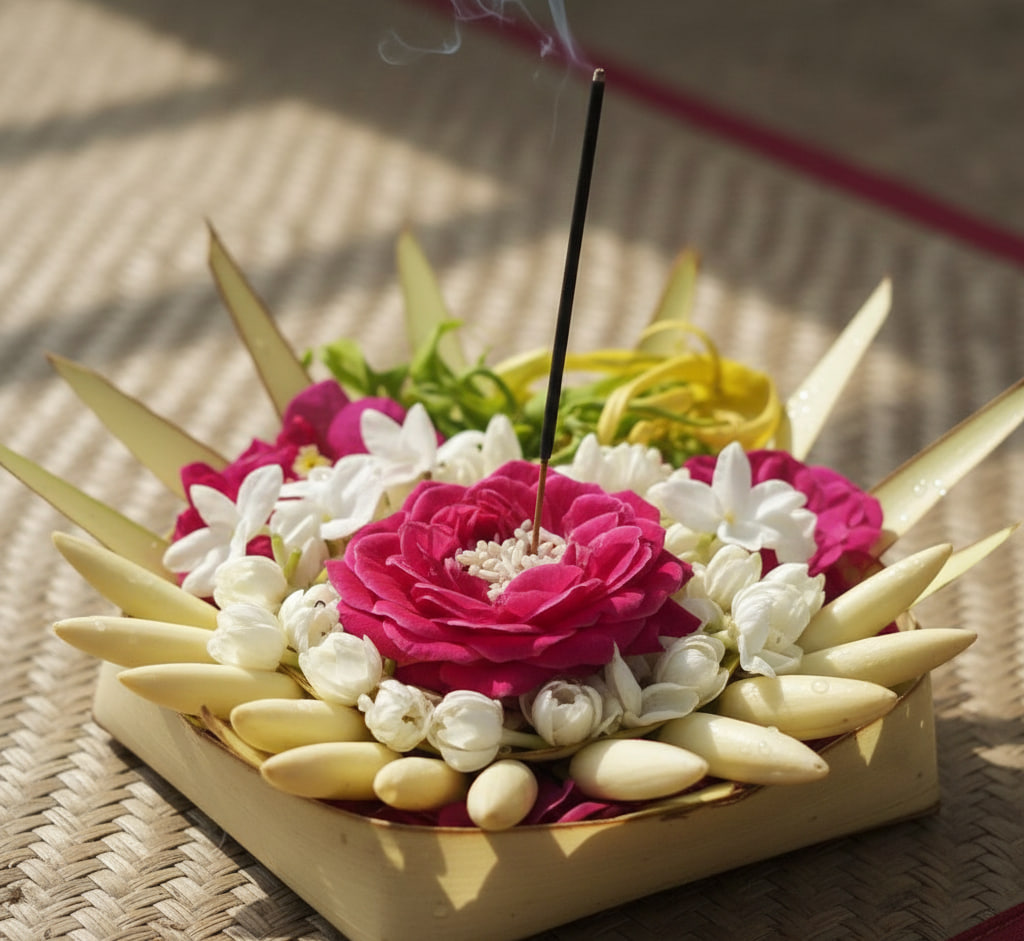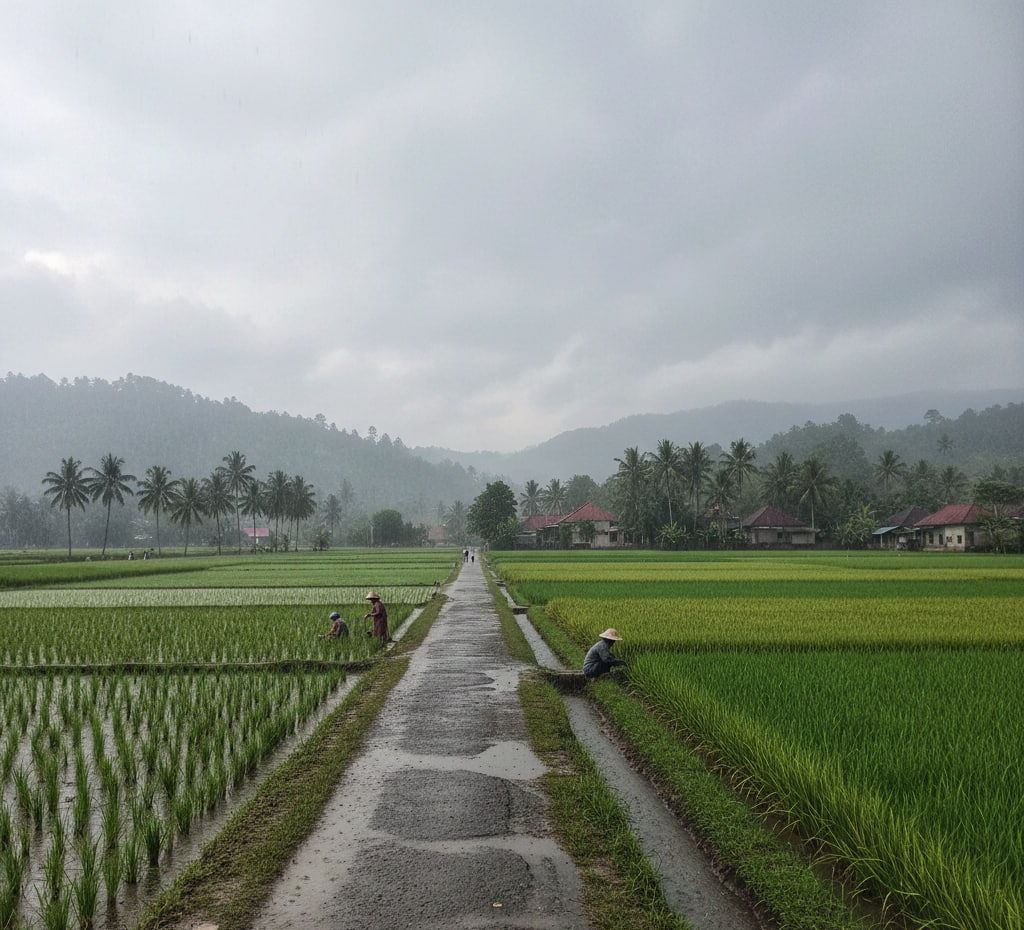News
History of Batik Parang
Batik is one of Indonesia's cultural heritages that is rich in history and the beauty of traditional art. Among the various batik motifs that exist, Batik Parang is one of the most iconic and has deep historical value. This article will take you through the history of Batik Parang, revealing the meaning behind the motif, and why this motif remains relevant today.
Origin and History of Batik Parang
The Batik Parang motif has strong historical roots in Javanese culture. The word "Parang" comes from the Javanese language which means "sword," and this motif symbolizes strength and courage. The history of Batik Parang can be traced back to the Mataram Sultanate in the 16th century. At that time, this motif was used exclusively by nobles and royal families as a symbol of status and power.
Batik Parang is not only considered as clothing, but also as a social symbol that shows a person's position in society. This motif is usually applied to batik cloth used for formal clothing such as kebaya and long cloth. The use of Batik Parang during the Mataram Sultanate reflects the importance of batik in everyday life and royal ceremonies.
Meaning and Symbolism of Parang Batik
Parang Batik has a deep philosophical meaning, related to the symbolism of the sword as the source of inspiration for its design. This motif depicts strength, courage, and fighting spirit. The regular and repetitive pattern of Parang Batik symbolizes balance and harmony in life. This teaches that balance in various aspects of life, be it in work, family, or social relationships, is the key to achieving happiness and peace.
In addition, Parang Batik also reflects creativity and innovation. The intricate and complex designs require high skills and expertise in the art of batik. Batik artisans continue to develop their techniques and designs to create works of art that are not only beautiful but also unique and original. Thus, Parang Batik becomes a symbol of dedication and expertise in batik crafts.
Parang Batik Making Process
The Parang Batik making process involves several stages that require high skills and precision. The first stage is the menyanting process, where malam (hot wax) is used to cover certain parts of the fabric. Batik artisans use special tools to create Parang Batik patterns with high precision.
After the dyeing process is complete, the cloth will then be soaked in a dye solution. The dyes used are usually derived from natural materials, which provide long-lasting and more environmentally friendly colors. The dyeing process must be carried out carefully to ensure that the resulting color matches the desired design.
The next stage is wax removal. After the cloth is dyed and dry, the wax covering the pattern will be removed using heat. This process allows the Batik Parang motif to be clearly revealed, displaying the previously created design. Finally, the batik cloth will go through the finishing stage, which includes washing and ironing to get the perfect finish.
The Popularity of Batik Parang in the Modern Era
Batik Parang continues to maintain its popularity to this day. The beauty of its elegant motifs and deep philosophical meanings make it a popular choice for various formal and non-formal events. Batik Parang is often used in making traditional clothing, such as kebaya and long cloth, which adds to the charm and elegance of the wearer.
In addition, Batik Parang is also a symbol of Indonesian cultural identity. Efforts to promote Batik Parang globally are a positive step in introducing the richness of Indonesian traditional art to the outside world. Many batik designers and artisans continue to develop this motif with a modern touch to meet the tastes of the global market, without neglecting its traditional values.
Conclusion
Batik Parang is one of Indonesia's cultural heritages that has a deep history, meaning, and beauty. This motif not only reflects strength and courage, but also teaches the values ??of balance and creativity. The complicated process of making Batik Parang shows the dedication and high skills of the batik artisans. By understanding the history and meaning behind this motif, we can better appreciate and preserve the richness of traditional Indonesian batik art. Through continuous promotion and development efforts, Batik Parang will remain a symbol of pride and eternal Indonesian cultural identity.




Chrisna Madel Sihotang
01 Feb 2025 11:46 WIB Sangat menarik dan membuat pengetahuannya baru.